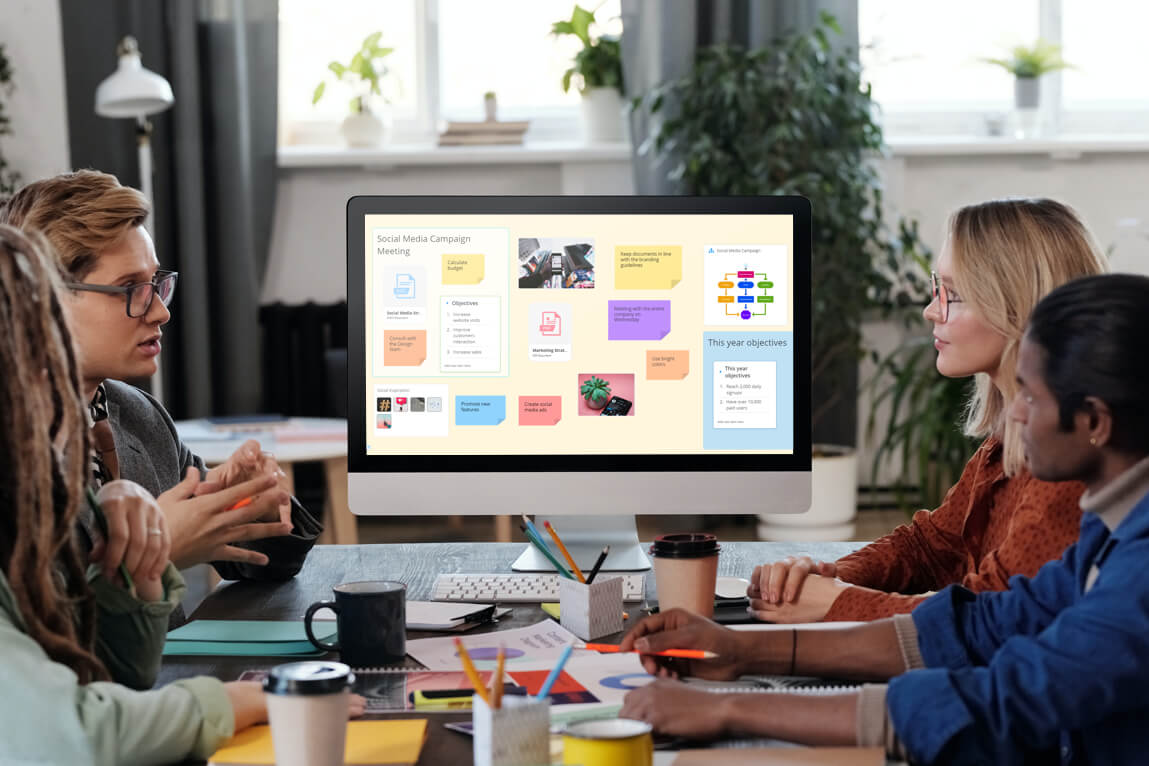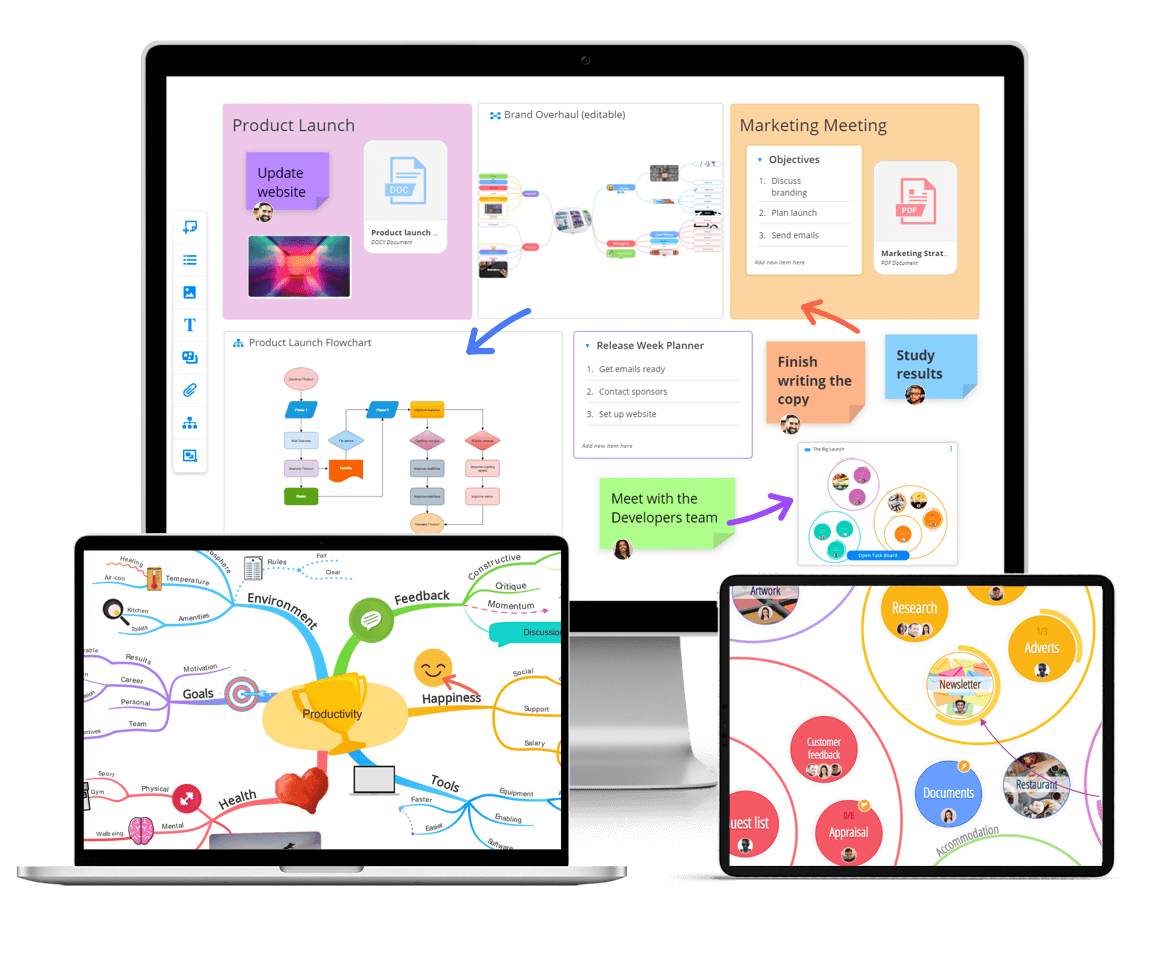June 25, 2021
Welcoming and onboarding neurodivergent employees

Making your company an accessible and welcoming place to neurodivergent individuals should be a priority for all modern organizations. Research shows that diversity has a hugely positive impact on business; companies that are neurodiverse, racially diverse, and gender diverse benefit from both a financial return and a happier, healthier workplace.
Neurodiversity is being talked about more and more in the business world, yet many companies still feel unclear on where to start when it comes to making their workplace welcoming to neurodivergent talent, as well as how they can make their onboarding process accessible and fit for purpose. Keep reading to find out how you can welcome and onboard neurodivergent employees for a workforce that is talented, balanced and happy.
1. Make your recruitment process accessible
It goes without saying that how you opt to recruit employees impacts the kind of workforce you create. CVs, cover letters and job interviews – these standard methods are often viewed as immutable in the recruitment process. Yet, these traditional techniques can be barriers to entry for neurodivergent employees so it’s important to look for alternative ways to gage skill and talent when recruiting.
The term neurodivergent applies to a number of conditions including dyslexia, dyscalculia, autism, attention deficit hyperactivity disorder (ADHD), and obsessive compulsive disorder (OCD). Considering the variation which sits under the neurodivergent umbrella, it’s clear that there is no one-size-fits-all recruitment process.
In fact, this is really the crux of the matter – to make your company truly welcoming to neurodivergent talent you must look at advertising job roles which offer agile and flexible techniques for application. This means offering multiple avenues for assessing applicants; this could include video applications rather than cover letters, switching out formal job interviews for a series of defined tasks, and even offering applicants the option to demonstrate their suitability for the role in a way that feels right for them.
2. Create a strong and inclusive company culture
Workplace culture has a huge impact on every employee and everyday life within an organization. A good work culture encompasses not only productive work but also employee wellbeing and a general sense of purpose and happiness. Equally, a negative work culture can breed poor mental health and have a knock on effect on overall productivity. Culture can be defined as “the set of shared attitudes, values, goals, and practices that characterizes an institution or organization”. In order to make your overall company an inclusive and welcoming place to neurodivergent employees you must embed an informed and open attitude into your company culture with clear and defined shared values.
This begins with education. HR teams should ensure that all employees understand and are aware of what it means to be neurodivergent; it’s important that employees know that difference is a good thing, and not something to be scared of.
Flexibility and openness are the cornerstones of all great work cultures – and in a respectful environment, neurodivergent employees will know that they can be open about how they’d like to work, be communicated with, and approach their daily tasks. By being upfront about your company values of inclusivity and kindness, neurodivergent employees will know that their differences are there to be celebrated, rather than hidden. When your company starts operating from a place of openness and respect, the benefits of a positive work culture will naturally begin to present themselves.
3. Be agile in employee onboarding
Once upon a time, onboarding was characterized by endless handover notes and heaps of spreadsheets. Of course, these days companies can (and should!) strive for more with their onboarding process. Not only is the ideal onboarding process engaging, it’s also versatile and adaptable to different employees and their needs (hence inclusive to neurodivergent individuals).
Using an assistive tech tool, like Ayoa, makes onboarding visual and accessible as employees can choose to view the relevant information in a way that suits them. Neurodivergent people are known for their ability to think outside the box with a natural inclination to work in a visual, creative manner. With mind map view in Ayoa, plus whiteboards for seamless collaboration in a variety of mediums, you can ensure that every employee – neurodivergent or otherwise – feels comfortable getting up to speed with their new role.
Using Ayoa this way takes the pain out of work handovers. Its variety of views, simple, visual layout and clear breakdown of work and information means neurodivergent employees can hit the ground running with a tool that is intuitive and accessible.

Get started with Ayoa
Unlike other assistive tech tools, Ayoa allows neurodivergent employees to work alongside their neurotypical colleagues in one neuroinclusive workspace.
Try it for free